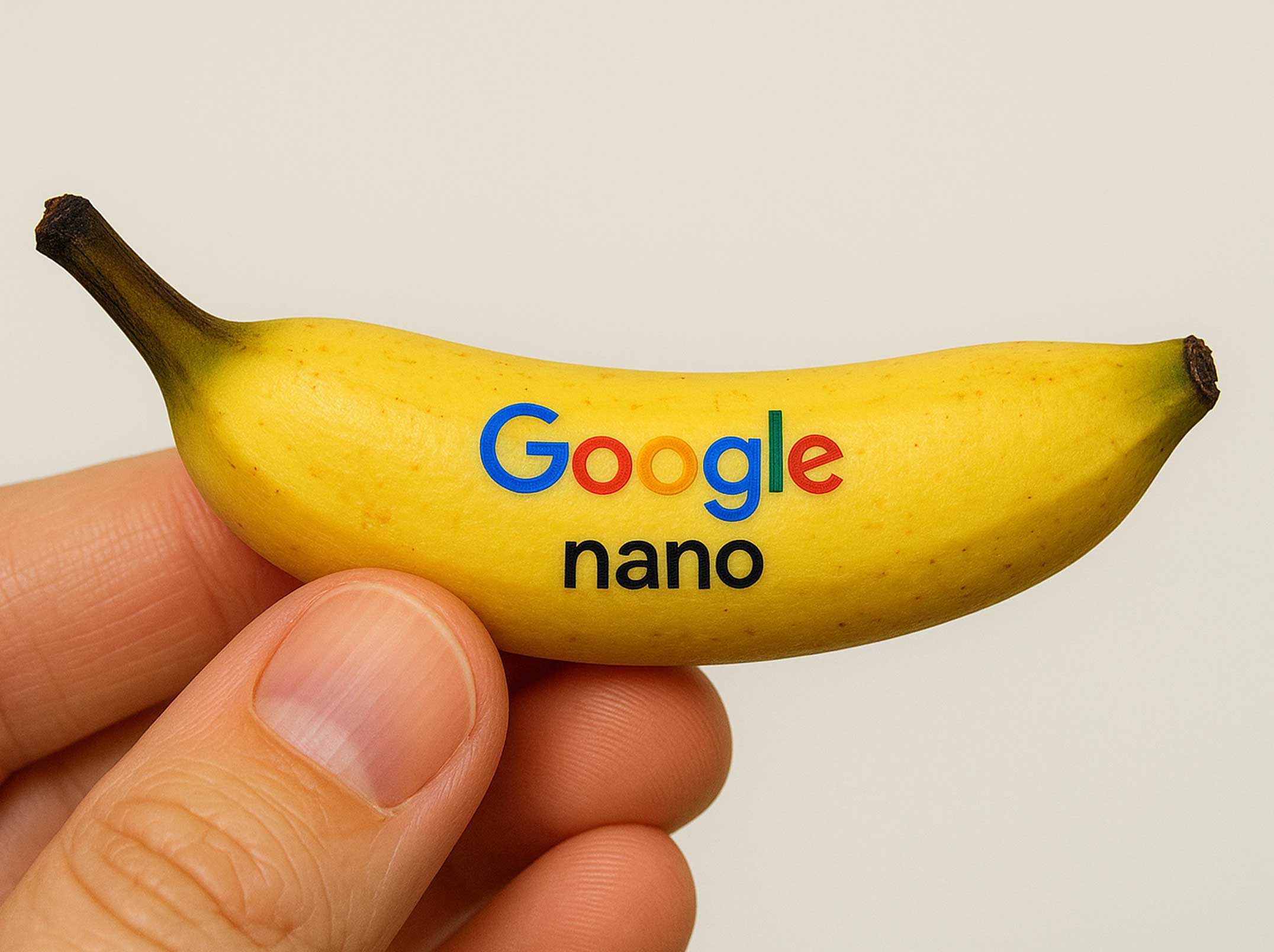Google's AI Co-Scientist: Redefining Scientific Research
Google’s AI ‘co-scientist’ uses Gemini 2.0 to generate hypotheses and analyze data, accelerating scientific research and discovery.

The world of paid search is constantly evolving, driven by an imperative to deliver increasingly relevant and effective ad experiences. In this landscape, Google has once again pushed the boundaries with significant enhancements to its Responsive Search Ads (RSAs). These updates are not merely incremental tweaks; they represent a strategic shift towards even more sophisticated, AI-driven asset management, offering advertisers unparalleled flexibility and the promise of amplified performance. The core intent behind these innovations is to dynamically optimize ad combinations, ensuring that every impression is not just seen but resonates deeply with the user, ultimately fostering more engaging and relevant interactions.
Dynamic Assembly Enhances Ad Performance
In a significant evolution of its AI capabilities, Google's latest RSA update grants the system unprecedented control over dynamic ad assembly. Advertisers now benefit from Google's AI intelligently selecting and serving diverse combinations of headlines, descriptions, and other ad assets. This sophisticated approach goes beyond simple permutation; it allows the AI to strategically omit certain elements, such as descriptions, if their exclusion is predicted to boost user engagement and overall ad performance. This real-time tailoring of ad content aims to deliver a more personalized and impactful user experience, ultimately driving improved performance metrics and a refined approach to search engine optimization within paid media.
Leveraging Unused Headlines as Sitelinks
Beyond merely optimizing ad content, Google's recent update intelligently leverages existing assets to maximize their impact. In a particularly strategic enhancement, RSA headlines that were previously unused in the main ad copy can now be repurposed to function as sitelinks. This means up to two such headlines can appear within the ad unit, guiding users directly to the final URL.
This innovative approach offers a dual benefit: it not only amplifies the visibility of diverse content you've already crafted, but also significantly streamlines the user journey. By providing additional, SEO-focused navigation pathways directly within the ad, these repurposed headlines reduce friction and offer users more immediate avenues to relevant information, ultimately improving overall ad engagement and performance.
Respecting Advertiser Control with Pinned Assets
While Google's enhancements significantly boost automation within RSAs, the platform judiciously preserves advertiser control through the functionality of pinned assets. This critical feature allows marketers to designate specific headlines or descriptions to appear in fixed positions within the ad, guaranteeing that core messaging, brand elements, or crucial calls to action remain consistent across all dynamically generated combinations.
This thoughtful balance between advanced AI optimization and advertiser oversight is paramount. It empowers the system to intelligently test and serve the most engaging ad variations while simultaneously ensuring that non-negotiable brand narratives or compliance-driven statements are always prominently displayed. This hybrid approach enables dynamic ad optimization without sacrificing essential brand consistency or strategic messaging control.
Enhanced Reporting Through Combinations Report
To equip advertisers with actionable intelligence, Google provides a robust combinations report. This invaluable tool moves beyond surface-level metrics, offering granular insights into the frequency and, more importantly, the effectiveness of various headline and description pairings within Responsive Search Ads.
By leveraging this report, advertisers can dissect performance data to identify precisely which combinations resonate most powerfully with their target audience. This isn't just about identifying top performers; it's about understanding the underlying dynamics of user preference. This data-driven approach enables marketers to make informed decisions for future ad strategies, refining content and creative assets to align ever more closely with user preferences and ultimately drive superior campaign outcomes.
Actionable Steps for Advertisers
To effectively harness the power of these advanced RSA capabilities, advertisers must adopt a proactive and strategic approach. It's no longer sufficient to simply set and forget campaigns; continuous optimization is key to unlocking maximum performance.
Here are the critical practices advertisers are encouraged to embrace:
- Review and Expand Asset Libraries: The breadth and diversity of your headlines and descriptions directly influence Google's AI's ability to create winning ad combinations. Regularly audit your existing assets, identifying opportunities to add more unique, compelling, and relevant variations. The wider the pool, the smarter the AI can be.
- Utilize Pinned Assets Strategically: While embracing automation, never compromise on essential brand messaging or calls to action. Leverage the pinning feature judiciously, securing critical headlines or descriptions in fixed positions. This ensures brand consistency and the unwavering presence of core information while still allowing flexibility for other elements to optimize dynamically.
- Monitor Performance Metrics Rigorously: The combinations report is your window into the AI's effectiveness. Consistently analyze this report to discern which headline and description pairings are performing best, driving the highest engagement and conversions. These insights are invaluable for informing future content creation and refining your overall ad strategy.
- Experiment with Sitelink Integration: Don't let valuable headlines go unused. Actively explore and test the new capability to repurpose unused RSA headlines as sitelinks. This not only deepens your ad's footprint on the SERP but also provides users with additional, direct navigation pathways, enhancing the overall user experience and potentially boosting click-through rates.
By diligently implementing these best practices, advertisers can fully leverage the enhanced capabilities of Responsive Search Ads, translating Google's AI innovations into more effective Google Ads performance strategies and, ultimately, a significantly improved return on investment.
Subscribe to our newsletter
Stay informed with the latest marketing trends, expert insights, and exclusive updates delivered monthly.




